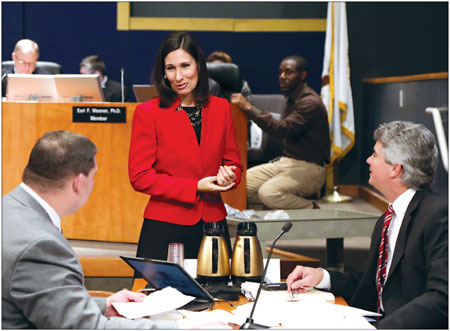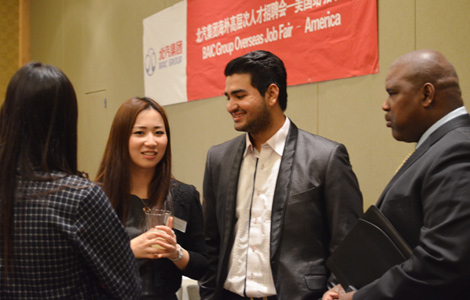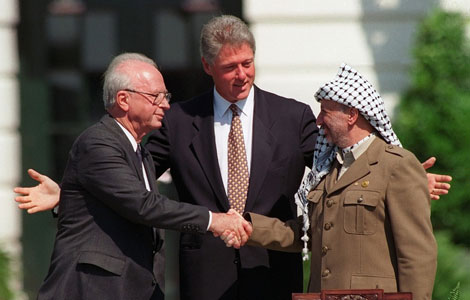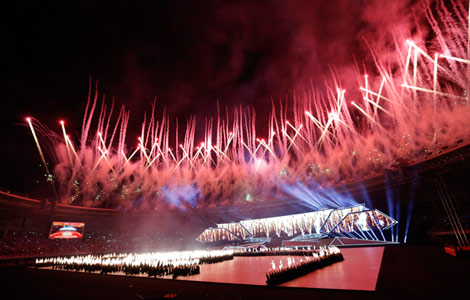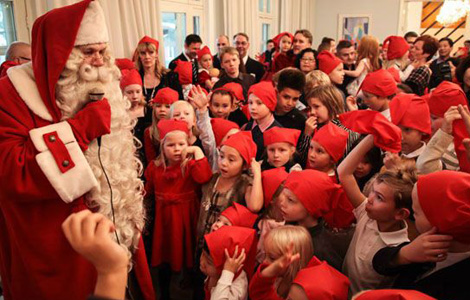NTSB holds Asiana 214 hearing
Updated: 2013-12-12 11:49
By Chen Weihua in Washington and Chen Jia in San Francisco (China Daily USA)
|
||||||||
Pilot says he believed the auto systems were up and running when they weren't
The day-long hearing on Wednesday held by the National Transportation Safety Board (NTSB) about Asiana Airlines Flight 214, which crashed on landing at San Francisco International Airport on July 6, revealed more about the worst aviation disaster in the US in the last four years.
The accident killed three people, all Chinese teenagers, and injured more than 200 people of the total 307 people on board. The last major US disaster took place on Feb 12, 2009 when Colgan Air Flight 3407, from Newark, New Jersey to Buffalo, New York, crashed into a house in Clarence Center, New York, killing all 49 people on board and one person in the house.
While initial investigation showed that the Asiana 214 was too slow and low in its approach for a safe landing, Lee Kang-kook, the Asiana pilot, told NTSB officials in an interview that the visual approach was difficult to perform in the Boeing 777 since the runway's light system, which helps guide pilots, went out of service. It was Lee's first time landing at the San Francisco airport.
Lee said he believed the automatic throttles were working, yet investigators found that the device had been shifted from "thrust" mode to "hold" during the approach and was no longer controlling the airspeed, according to NTSB document. The 103 knots speed at that time was below the necessary 137 knots landing speed.
The report showed that Lee's ground school instructor had told his students that the automatic throttle would not automatically re-engage in a descent if put in "hold" mode.
Lee had said before the crash that he was not that confident about operating Boeing 777-200ER automated flight systems and felt he needed more study, the report said.
"The trainee captain was asked how confident he felt about his knowledge of the B-777 autoflight system just prior to the accident," the report said.
"He stated he was not so confident because he felt he should study more."
Lee had spent only 33 hours flying the Boeing 777, though he had about 10,000 hours with other airplanes. Lee Jeong-min, another pilot serving as an instructor on the flight, had 3,220 hours flying Boeing 777s.
Captain Lee Sung-kil, Boeing 777 chief pilot for Asiana, insisted on Wednesday that the airline's pilots receive enough simulator training to remain familiar with how to land planes. For the 777, captains have five years of experience and first officers have three years, he said.
"Captain Lee is a very experienced pilot," he said. "He was a very experienced pilot for visual approach."
The hearing, which was originally scheduled for two days on Dec 10 and 11, was rescheduled for one day on Wednesday due to the winter weather in Washington DC on Tuesday.
Witnesses came from a wide range of organizations, such as the Federal Aviation Administration, Boeing, Air Cruisers and the San Francisco Fire Department.
Deborah Hersman, chairwoman of the NTSB, said in her concluding remarks that the hearing had shined a valuable light on the facts and circumstances of July 6.
She said commercial aviation has never been safer than it is now due to the advances in cockpit automation. "However, automation must be well understood and monitored effectively by flight crew," she said.
Hersman said the NTSB seeks not just to understand how the three passenger fatalities in various injuries might have been prevented, but also wants to identify what helped save the lives of more than 300 passengers and crew members.
"Today's testimony has also provided valuable information about crashworthiness and emergency response," she said.
Hersman emphasized the fact-finding nature of the hearing. "NTSB investigations are, by regulation, fact-finding proceedings with no adverse parties," she said.
"The board does not assign fault or blame for an accident or incident," Hersman said.
Brian Alexander, a partner at Kreindler & Kreindler, said the NTSB is as expected examining some larger systemic issues concerning the design of aircraft flight decks, automation overload on flight crews and system monitoring by pilots.
"They have identified several trends which suggest changes to improve safety in operations and training are needed. The processing of information and alerts to flight crews is also an area that is being closely examined so that improvements can be made," said Alexander, who represents families of victims and injured survivors of the crash.
The Boeing 777 that crash landed had 307 people on board, including 16 crew members and 141 Chinese citizens. More than 90 of them took Asiana Airlines Flight 362 from Shanghai Pudong International Airport and connected to Flight 214 at Incheon, South Korea.
The Chinese passengers included 70 students and teachers from schools in Zhejiang and Shanxi provinces who were travelling to the US for summer camps.
While two of the teenagers died from crash-related injuries, the third, 16-year-old Ye Mengyuan, was killed when a San Francisco rescue vehicle ran her over while she lay on the runway outside of the plane.
Contact the writers at chenweihua@chinadailyusa.com and chenjia@chinadailyusa.com
|
Deborah Hersman, chairwoman of the National Transportation Safety Board, chats with witnesses before the opening of a whole-day hearing in Washington on Wednesday for the Asiana Airlines Flight 214 which crash landed at San Francisco International Airport on July 6. The accident resulted in three deaths and 181 injuries. Sun Chenbei / China Daily |
(China Daily USA 12/12/2013 page1)
Most Viewed
Editor's Picks
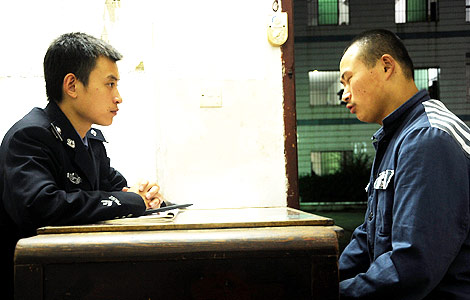
|
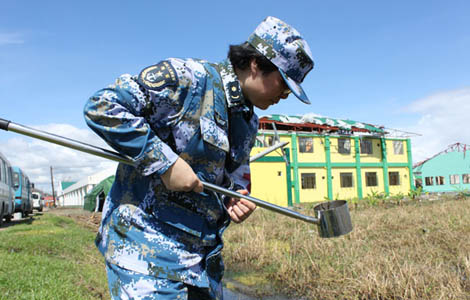
|
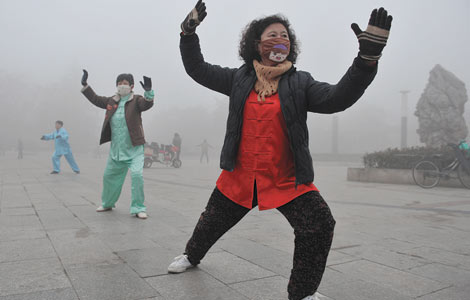
|

|
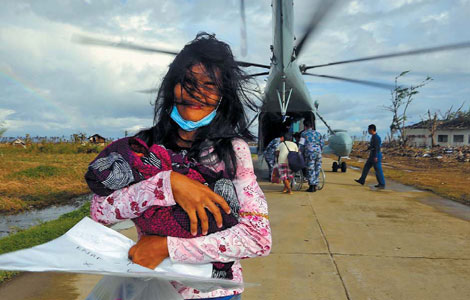
|

|
Today's Top News
NTSB holds Asiana 214 hearing
New details emerge in Asiana crash
BAIC races to new goals
Lee named head of Patent Office
NSA: surveillance best way to protect US
Explose bank loan rise may spark tightening of credit
'Containing China' Japan's strategy
Pilots must qualify to land in haze
US Weekly

|

|
